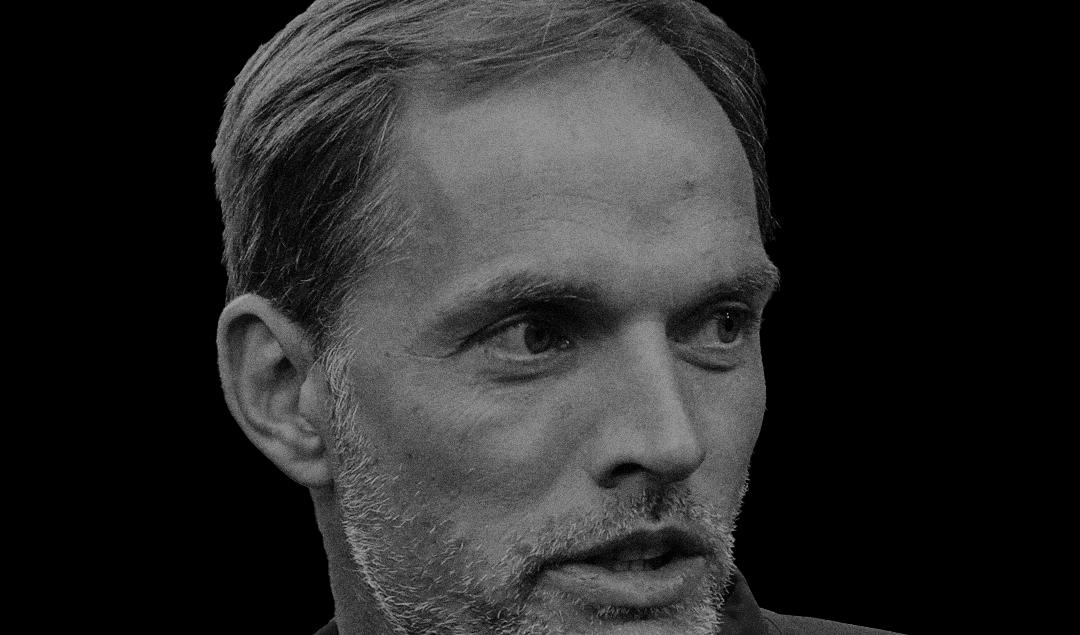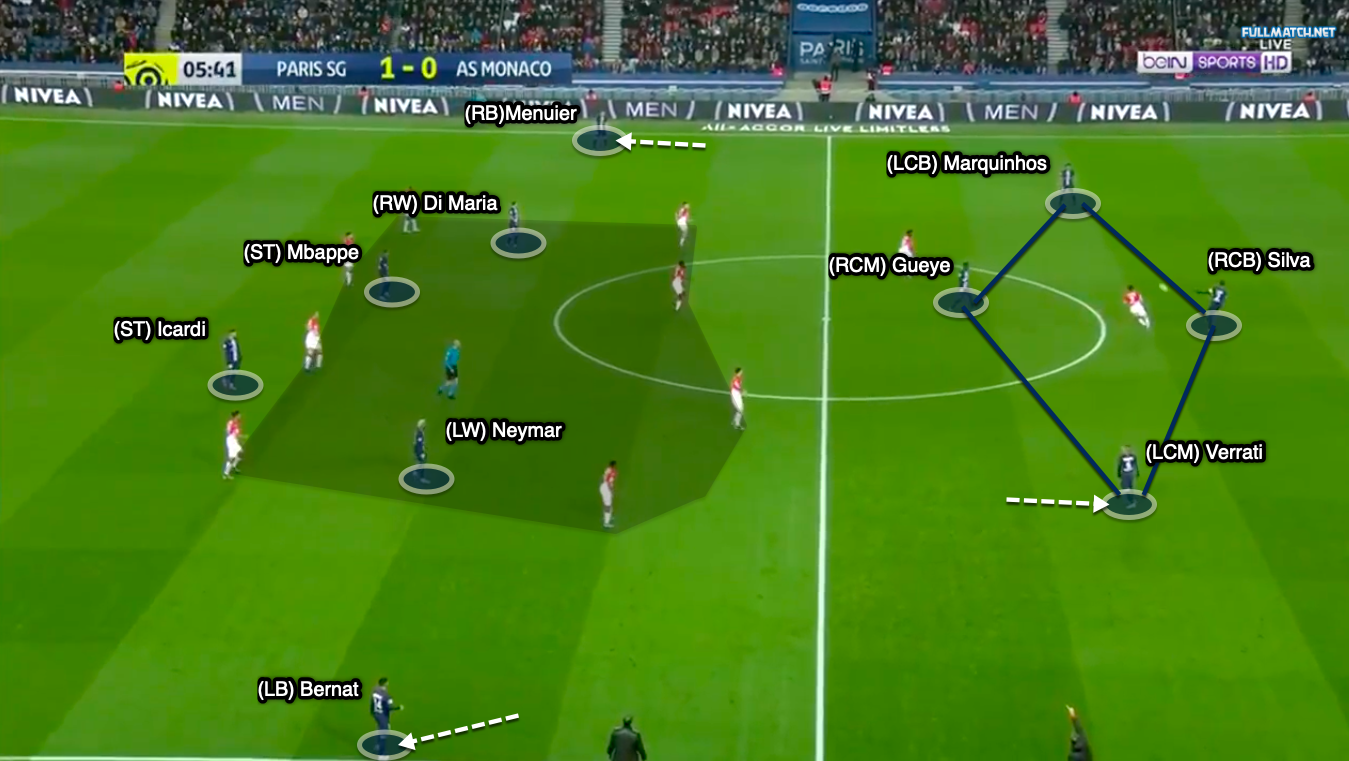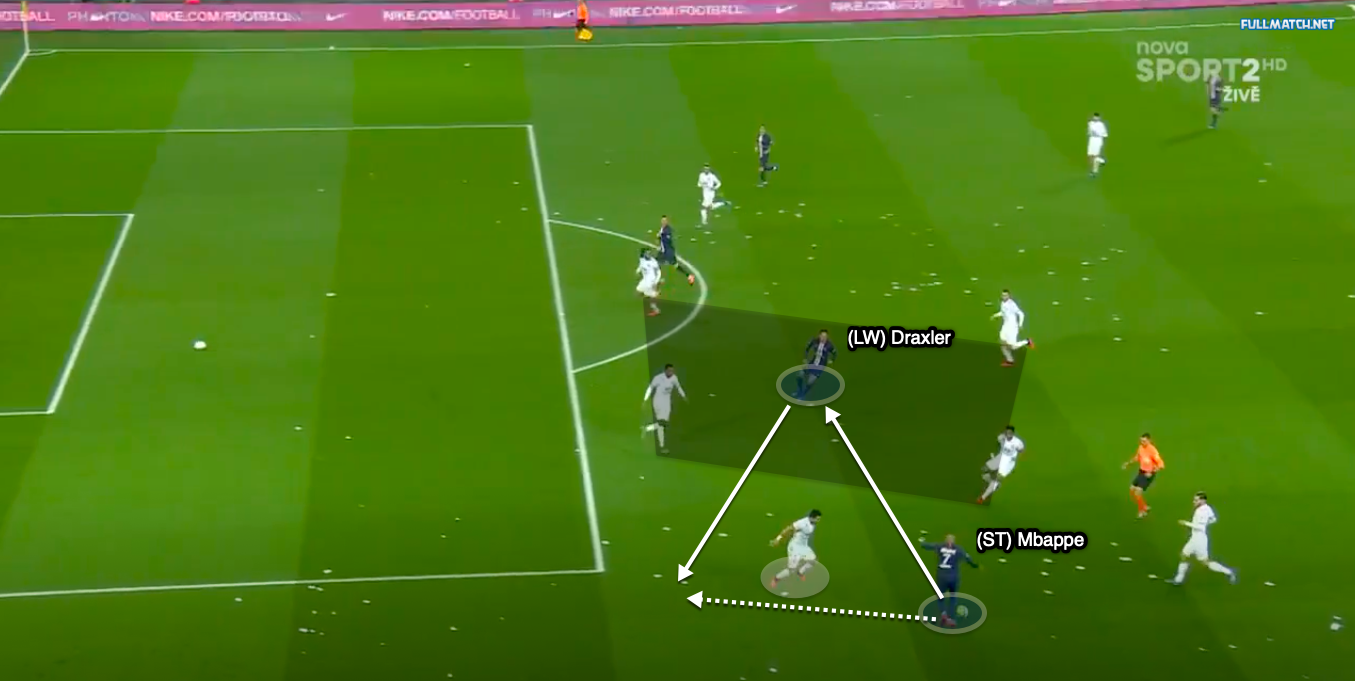Analyzing Thomas Tuchel’s Paris Saint-Germain
Before the COVID-19 outbreak caused Europe’s major leagues to halt their seasons, Paris Saint-Germain led Ligue 1 with a commanding 12-point lead over André Villas-Boas’s Marseille. On April 30th, they would be crowned champions of Ligue 1 for the seventh time in eight seasons.
The Parisians being top of the French first tier has become a regularity since the Qatar Sports Investment group took over ownership of the club in 2011. An outsider looking in might say “same old, same old PSG,” but that’s just not the truth. There is far more to the team than the glitzy superstar individuals and an overwhelming wage gap with their competitors.
With Thomas Tuchel at the helm, they now have one of the leading tacticians in the modern game. Germany has become a factory that is mass producing top-level coaches, and today, there are more German coaches in the UEFA Champions League than any other nationality.
Tuchel, 46, has become synonymous with the term “laptop managers”, managers with an emphasis on modern tactical principles and ideologies.

Photo: AFP / Getty
In last season’s European campaign, PSG were knocked out in spectacular fashion by Ole Gunnar Solskjaer’s Manchester United. It was an embarrassing defeat that suggested things haven’t changed under the German’s stewardship, but fast forward 14 months later, and something feels different for this team now.
There are clear ideas that are being put into practice and executed to near perfection; not only did PSG win the league at a canter, they also erased a 1-goal deficit and pulled off an unforgettable comeback to defeat Borussia Dortmund in the Champions League, and they did so without their captain Thiago Silva and star midfielder Marco Verratti.
During this tactical analysis, we will inspect how it’s not superstar ball in the French capital, but instead a football team being engineered by one of Europe’s top tacticians, as he looks to challenge for the UEFA Champions League.
Formation
Build-up
During his time at Borussia Dortmund, Tuchel introduced a positional play approach in phases of play where his team had possession. This meant players were in set positions when receiving the ball, allowing their next actions to be in line with the team’s structure. Tuchel has continued with this structure and evolved his ideas in France.
In this team’s game model, goalkeeper Keylor Navas can be considered the first attacker. The center backs split horizontally, providing Navas with two different passing options.
This is a principle of Tuchel’s play; every player in possession is given at least two passing options. The more options and solutions, the less forced errors by the opposition.
As we can see below when playing out the back, there are three sets of diamonds to play through Bordeaux’s press. Furthermore, with four players participating in each of these passing sequences, it is very easy to create numerical superiority against the opposition lines.
At the center of it all is Verratti, whose press-resistant qualities make him perfect for receiving the ball in this zone of the pitch. The Italian can sense when the pressure is coming and has the control and agility to turn quickly with the ball at his feet. He makes 20 passes under pressure per 90 minutes, the most of any PSG player.
Vulnerability during buildup
In Ligue 1, most teams park the bus against PSG and attempt to hit them on the counter. They sit deep, shift a narrow defensive shape from side to side, with eleven players behind the ball at times.
However, contrary to popular opinion, taking the more proactive and courageous approach can reap more benefits for the opposition. PSG can be extremely vulnerable against these types of opponents, especially against a man-oriented press, when teams press the opposition man for man.
This may seem like a baffling tactic, as PSG’s players possess immense quality in their technical and physical attributes. Nevertheless, this approach can be successful because of Tuchel’s aforementioned positional play. Players are in their set positions and zones, but now have a man who monitors them and attempts to win possession back.
As seen from this match against Lyon, not even Navas has a free player to pass to, and is forced to play long in this sequence. Disrupting PSG’s rhythm gives the opposition the chance to win back possession.
It can be even more effective when complacency seeps into the mentality of the PSG players, which can be a recurring theme during Ligue 1 games. Moving the ball too slowly and carelessly at times increases the likelihood of a turnover against this press.
Structure in possession
Before we delve into the principles of Tuchel’s tactics, it is important to understand the structure the players are positioned in. Tuchel’s idea in possession is to overwhelm the opposition through the movement and positioning of players, in order to create space and advantageous tactical situations. Via this structure, he puts players into positions to execute his tactics.
Before the ball moves into the opposition half, PSG form what could be described as a 4-6 or a 2-4-4 depending on the position of the fullbacks. The midfielders and center backs form another diamond pattern, which allows them to circulate the ball from side to side.
As well as creating numerical superiority against the opposition’s first line of pressure, PSG creates a solution against a 4v3 or 4v2, depending on whether the opposition press with a front two or three.
The movement of the midfielders dropping deep then signals the fullbacks to occupy the flanks and provide width, as the four forwards become narrow, moving between the opposition defensive and midfield lines.
Once the ball is settled in the attacking third, it turns into more of an asymmetric 2-3-5. The midfielders stagger and one fullback cuts inside. One midfielder occupies the ball-sided half-space, whilst the other plays in a more advanced and central zone.
This is in an attempt to create defensive balance, covering if the ball is given away in a passing sequence. It also always leaves the option open to make a switch of play to the opposite flank.
Movement in possession
Through the attacking structure detailed above, Tuchel can then execute one of his favorite principles of creating overloads. Via these overloads, PSG find themselves in advantageous numerical situations against the opposition’s defensive shape.
The attacking five of the 2-3-5 are positioned narrowly in between the opponent’s midfield and defensive line. Kylian Mbappé and whoever the second striker may be (Mauro Icardi, Edinson Cavani or Pablo Sarabia), occupy the central defenders. Defenders are pinned back because if they pressure players receiving the ball in-between the lines, they in turn are opening space for the striker to run into. This then makes it easier for Neymar and Ángel Di María to find free space when they come inside.
Against a back four this causes serious problems, and we can see how in the sequence below. Here, all five forward members of the attacking five are in the opposition’s defensive third. This makes a 5v4 against the defensive line.
Despite the midfield line attempting to close down space, the extra man makes the difference and Neymar finds himself in free space in the opposition box.
There is also the opportunity to create overloads within the overload itself. Di María receives on the turn, and with him receiving that pass, Monaco’s midfield line is eliminated from the game, giving PSG’s attacking force all the freedom to directly attack their backline.
Mbappé and Neymar suddenly have a 2v1 against the opposition fullback. Mbappé makes a run on the fullback’s blind-side, whilst Neymar then makes a darting run into the vacant space to receive a pass, and scores.
This does not just apply to the front four, as they look to create these situations across the pitch in different ways. With a midfield three being maintained most of the time, switches of play into the opposition half are always a viable option. PSG want to overload one side and then switch to the underloaded side where they can attack in space and sometimes numerical advantage.
Here, they have four players occupying the left-sided zones. This triggers Bordeaux players to overcommit in this zone, thus disrupting their defensive shape. By doing so, they’ve limited PSG’s passing options and left them in a 6v4. But Verratti always has the option to switch play too the underloaded side where it is a 2v1, with Thilo Kehrer and Di María doubled up against the isolated wingback.
Opposition center backs are already put in precarious positions having to deal with the space in front of them, but the strikers create their own problems as well. As evidenced by PSG’s 75 goals in 27 league matches, Tuchel has a specific set of instructions to get his star individuals into threatening space.
Outside of the penalty area, forwards will position themselves in between the fullback and center back and make diagonal runs in-behind. These types of runs are Mbappé’s bread and butter, as he uses his world class athletic qualities and off-the-ball movement to threaten on goal.
As the defender is staring at the ball, he has the opportunity to make a run from the opposition’s blind side in-behind him. In Ligue 1, there are no center backs who are able to make the recovery run once he receives the ball in-behind, making him practically unstoppable in this specific scenario.
PSG maintained 62% of the possession throughout their title-winning 2019/20 season. When the opposition is playing more narrow and compact, they change the starting point of their runs.
Mbappé specifically moves out wide onto the left whilst Di María provides the width on the opposite side. This stretches the opposition defensive shape and he can make diagonal runs behind the opposition defensive block.
This can be particularly very dangerous when the opposition is in defensive transition. With the attacking midfielders engaging the defenders, PSG drag the opposition out, thus opening the space for the diagonal runs to be made. In this scenario against Nantes, they even have a numerical advantage of a 4v3.
Pressing
Out of possession, the Parisians impose themselves onto the opposition by attacking the ball. Acting as the aggressors even without control of the ball, this hunger feeds into a proactive mentality that has been Tuchel’s staple since his arrival in the French capital in the summer of 2018.
When the opposition play out the back, they see it as an opportunity to regain possession. Setting up in an asymmetric 4-4-2 press, they control the opposition passing angles, limit progression through the central zones, and maintain pressure on the ball carrier.
A standard 4-2 press can be easily manipulated by a back three, the shape being asymmetric gives it needed flexibility against multiple opposition approaches. Lucien Favre’s Borussia Dortmund used a back three in the second leg of their Round of 16 tie against PSG, and we can see the results in the analysis below.
The positioning of the second line, third line, and specifically the widest player is ball-oriented. To constantly maintain pressure on the ball carrier as well as their immediate options, players must react to the ball and where it is moving.
In this instance, Mats Hummels receives a pass from Łukasz Piszczek, which triggers Cavani to pressure Hummels. In the second line, Di Maria then moves forward to cover Hummels’s immediate passing option. In the third line, Kehrer tracks Raphaël Guerreiro’s movements to ensure that he does not create provide an option.
Simultaneously, PSG maintain two players in the middle to prevent a numerical disadvantage in midfield, which forces Hummels to play a backwards pass to the goalkeeper.
Defensive transition
PSG want to attack the ball out of possession and overwhelm the opposition while in possession. As previously mentioned, the double pivot in midfield staggers and usually enjoys the support of an inverted fullback to create cover in behind the passing sequences and stack numbers behind the ball in case of a turnover. But things can go amiss when PSG look to pressure the ball carrier during defensive transition.
Multiple players can get sucked into moving towards the ball in an attempt to win the ball back quickly, but this results in space being opened up behind them. The midfield three are bypassed with one pass, as they get advanced up the field. Marquinhos then makes an aggressive move to pressure Wissam Ben Yedder, who is receiving the ball, but misses his tackle. This puts Ben Yedder and Keita Baldé Diao clean through on a 2v1 against Thiago Silva.
Conclusion
During this tactical analysis, we saw how Thomas Tuchel has instituted his principles in Paris Saint-Germain, constructed a framework at the Parc des Princes, and maximized the talents of his brightest stars. PSG have stormed through French football for the second straight season under Tuchel with a terrifying efficiency that has the rest of Europe quaking in their boots. And as evidenced by their come-from-behind win against Borussia Dortmund, PSG are making inroads towards conquering their European demons.
Many will worry about their potential weaknesses in defensive transition, but fortune favors the bold in football. While they still need a few more additions to be a clear-cut contender for the European crown, they have the best man for the job in Tuchel.
By: Craig Moniz
Featured Image: Gabriel Fraga


